The content of the article
Amazingly beautiful delicate inflorescences of violets are a real decoration of alpine hills, flower beds, balconies and loggias. But there is a variety of these plants that are grown at home. And their scientific name is "Saintpoly".
Despite the fact that indoor violets are unpretentious plants, for some beginning gardeners they somehow do not take root. There may be several reasons for this, and all of them, as a rule, are associated with violations of the requirements for caring for the Senpolis.
Variety of violets
Home violet is a relative of the garden. Therefore, their “claims” are practically the same. But all the same, one should make an estimate on the growing conditions, because artificially created ones cannot fully reproduce the natural habitat for these flowers.
Therefore, in apartments you can see more hybrid varieties of violets, which are grown to adapt to the home climate. In the variety of species there are varieties that differ not only in size and color (plain or buoying with a wide range of colors), but also in different shapes of petals and inflorescences.
Along with traditionally developing bushes, ampel varieties are also found among domestic violets. But on the branchy stems, smoothly "flowing" down, inflorescences are much smaller.
Habitat
If you are planning to have a violet in your room, strive to create conditions close to natural. First of all, the comfort of Senpolia depends on the environment, or rather, the soil in which it is to grow.
The soil for violets should be sufficiently nutritious and have a loose structure. Great importance is attached to the proportional ratio of the components included in the substrate. As a basis, take sheet earth (chernozem) - it should be part of 5 parts. 3 parts of the substrate are peat and 1 part is sand. As additional components - sphagnum moss and charcoal.
Here drainage also plays a big role, so do not forget to lay expanded clay balls or river pebbles on the bottom of the flower pot. This will prevent stagnation of water in the soil. Otherwise, excess fluid will provoke root decay.
When choosing a flower pot, you should consider the characteristics of the plant itself. The roots of the violet do not grow in depth, but "spread" to the sides, located in the upper soil layer. So the capacity should be chosen not deep, but spacious enough in width. The following sizes of flower pot are considered optimal for growing home violets: depth within 6 - 9 cm, width - at least 4 cm.
Violet Care
Calling the violet capricious, flower growers thus justify their ignorance of the rules for caring for indoor plants, or inattention to pets. If you strictly observe the regimes of breeding flowers on the windowsills, then Saintpaulia will give colorful splendor. A violet can bloom throughout the year.
Having studied the rules for caring for houseplants, you will understand that even the lazy can cope with the “character” of violets.
- Temperature condition. Violets do not need a hot temperature. Therefore, the room should maintain constant parameters ranging from 20 to 24C in the summer and 18 to 20C in the winter. Lack of oxygen can destroy the plant. Therefore, the room should be regularly ventilated. And for this period the violet will have to be taken out to another room.
- Illumination. Violet loves to "swim" in the sun. But a direct hit on the plant of light should, however, be avoided in order to prevent burns. Blinds on the windows will provide good scattering of direct sunlight.For abundant flowering in winter, you will have to artificially prolong the daylight hours (the total duration of lighting should be at least 12 hours).
- Irrigation mode. Violet likes to “drink”, but you can’t overmoisten the soil - adjust the watering. Its frequency should not exceed 2 times a week at any time of the year. But an indicator for the next watering should be the degree of moisture of the land substrate. The best option would be irrigation through a pallet - lay expanded clay or peat on it.
- Air humidity. Do not let the air dry in the room where the violet grows. But there should not be excessive moisture, so that it does not “fall” with dew on plants. In this situation, watering flowers will have to be reduced. Try not to refresh the violet with spraying (especially during flowering) - it will start to hurt.
- Top dressing. Senpolia only needs to be “fed” with fertilizers designed specifically for violet. The feeding pattern depends on the season: in the fall and spring, fertilizers are applied once a month; in winter - organic once a season; in summer they look at the state of the flower.
Propagation of Violets
As they grow, the violet is transplanted into more spacious containers. The best period for this is spring (March or April). At the same time, the propagation of flowers is also carried out. Senpolia can be bred in several ways.
- Stepsoning. In an adult, plants are carefully cut off with a scalpel for stepsons, on which at least 3 leaflets are formed. The stepson can be planted immediately in the soil, the composition of which was described above. Or first in peat tabletand when the stepson take root, transplant into the ground.
- Child sockets. Violet develops in inflorescences. And the more they are in one pot, the more difficult it is for a plant to develop. When daughter sockets are formed, they should be cut off from the mother plant and planted in separate pots.
- Cuttings. Vegetative propagation of violets is the most popular, and the method of grafting is the simplest. But only leaflets located in the second row of the plant should be cut off. Propagation by means of cuttings can be done in 2 ways: by planting it immediately in an earthen substrate or by first rooting a leaf in an activated carbon solution.
Propagation Features
The cut points must be sprinkled with activated carbon powder (crush the tablet). This will prevent the violet from being hit by germs.
To root planting material faster, it is necessary to create greenhouse conditions. Cover the container with a plastic bag or a piece of glass and soak for several days in this way. But do not forget to ventilate daily so that the young sprouts do not rot.
Video: naughty violet care secrets



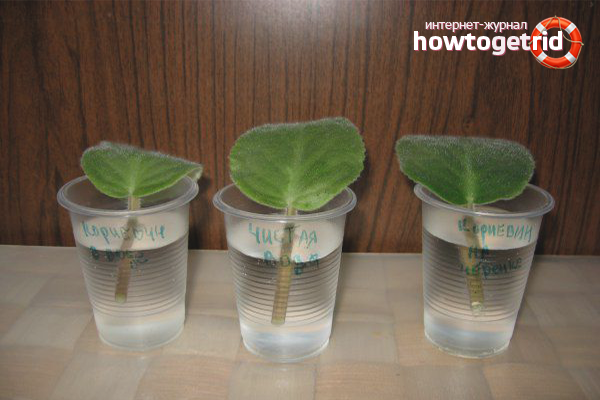
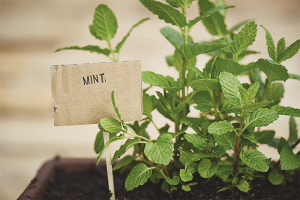
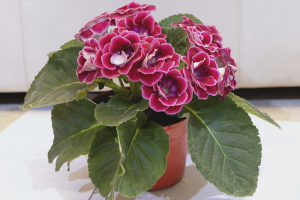
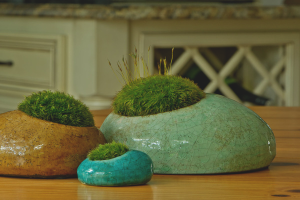
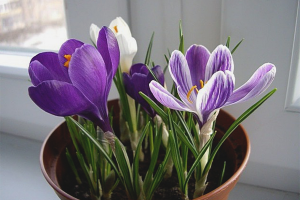

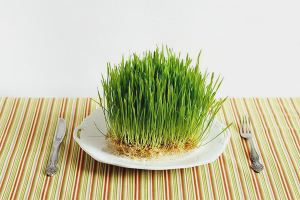
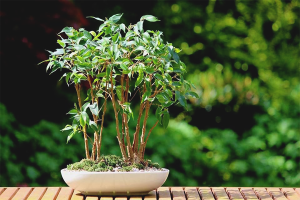
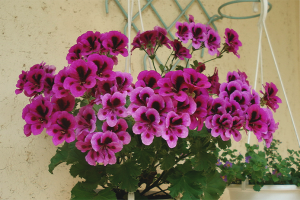
Submit